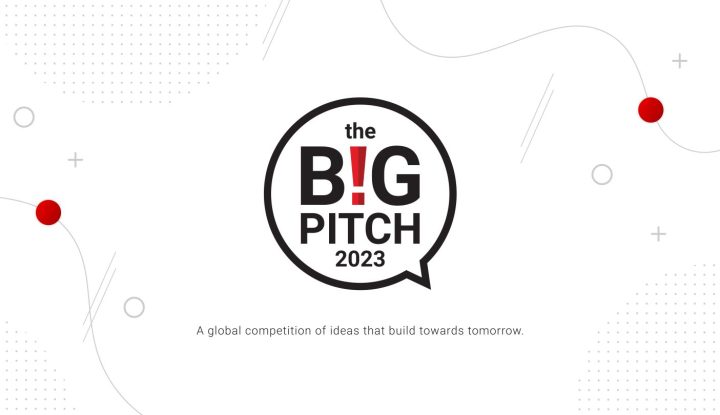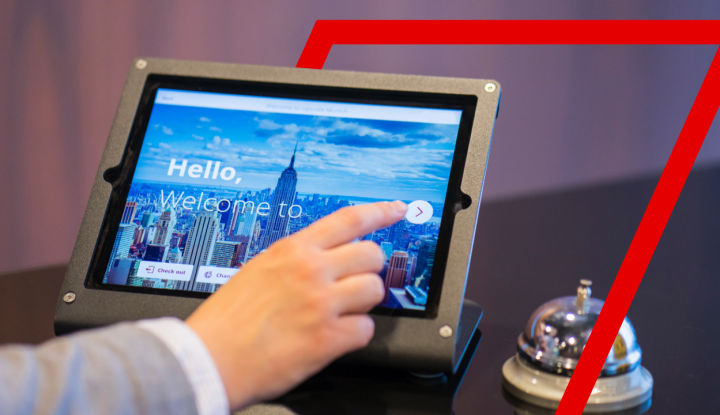As companies worldwide shift towards more sophisticated applications of big data, the use of predictive analytics is having a significant impact on business models. For your company, developing a customer analytics strategy can be a key tool for competitive advantage. Research by
SASindicates that 90 percent of travel providers believe they need to “step up” analytics, and some 63 percent will be investing in technologies over the next 12 months.
From existing customer loyalty programs to consumer website behaviors, there’s an abundance of quickly-moving data streams that are primed for real-time analytics applications.
Gyro writes that a recent panel of travel industry experts predicted that key industry trends in 2016 will include increased use of mobile technologies and seamless booking experiences. An adoption of a consumer analytics strategy will allow you to exceed targets through smart application of personalization, social listening and behaviorally-triggered marketing.
Personalization
Personalization is about giving your customers what they need when then need it. This requires recognition of your audience segments and their unique desires and preferences.
IAB Forumspecifies that personalization techniques should cross channels and devices for “relevant and engaging” audience experiences. Creating personalized recommendations and deals around a location and segment from a consumer’s browsing history, web analytics and purchase history can facilitate new customer acquisition and better loyalty from travelers. As
Adobe notes, personalization in the travel industry facilitates continual engagement and “improved product offerings.”
Social listening
Forrester has found the most “customer-obsessed” businesses are driven by social listening, which is the process of deriving “consumer and business insights” from user-generated content. By analyzing social media content, you can identify trends, changes in consumer preferences and emerging markets. A case study of
AirBNB by CrimsonHexagon revealed key insights into their consumer sentiment and customer segments based on analysis of user-generated Twitter content. Travel provider Thomas Cook has applied social listening on an individual level, per
Engagor. Their “profound” multichannel strategy has facilitated the association of social media content with contacts, which has allowed the brand to reward promoters. Truly understanding your customers via social media, requires focused listening, but produces data that allows you to better serve their needs.
Behaviorally-triggered marketing
Behaviorally-triggered marketing, also known as event marketing, is the act of tailoring marketing messages and activities to match your customer’s behavior. By automating marketing offers and messages to be triggered by customer behavior. Examples of behaviorally-triggered travel communications could include:
- Abandoned booking follow-up emails
- Follow-up communications with shoppers who don’t book
- Welcome communications for new subscribers
Currently only 20 percent of marketers use behavioral triggers driven by predictive analytics, according to
Econsultancy. However, triggered marketing can allow you to capture new and repeat business by aligning messaging with prospect behavior.
Adopting real-time and predictive analytics strategies allows you to meet the changing needs of today’s mobile customers. With social listening, personalization and behaviorally-triggered marketing, you can achieve a competitive advantage and improve customer retention.







